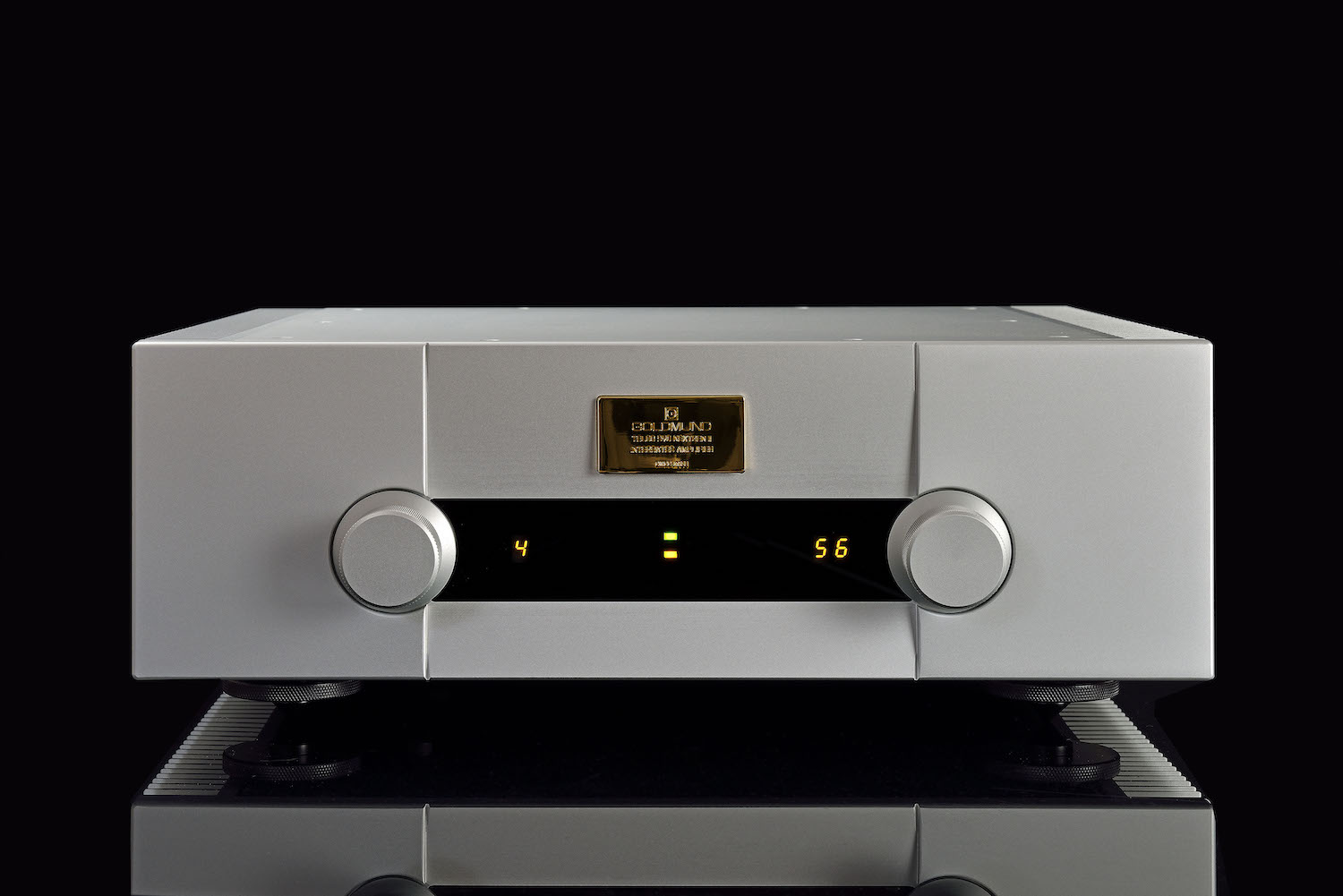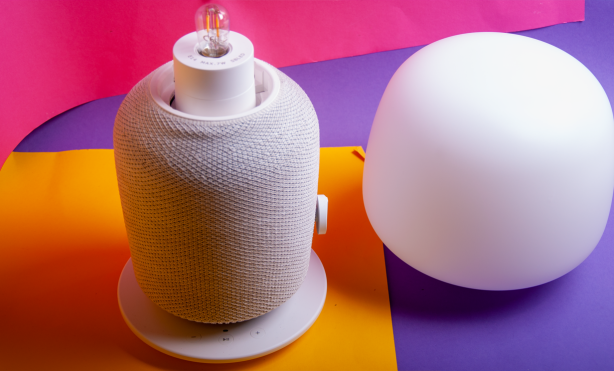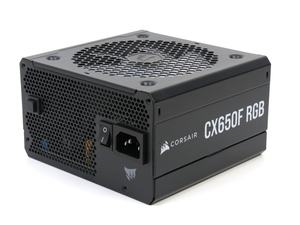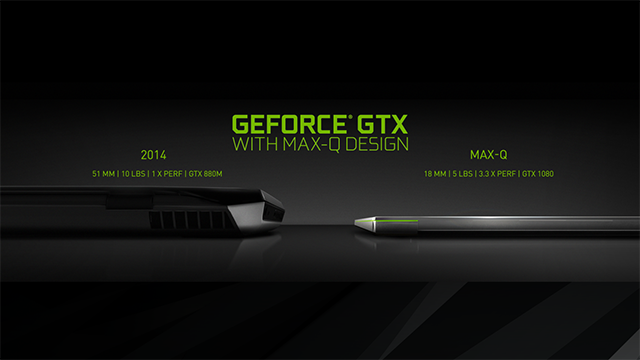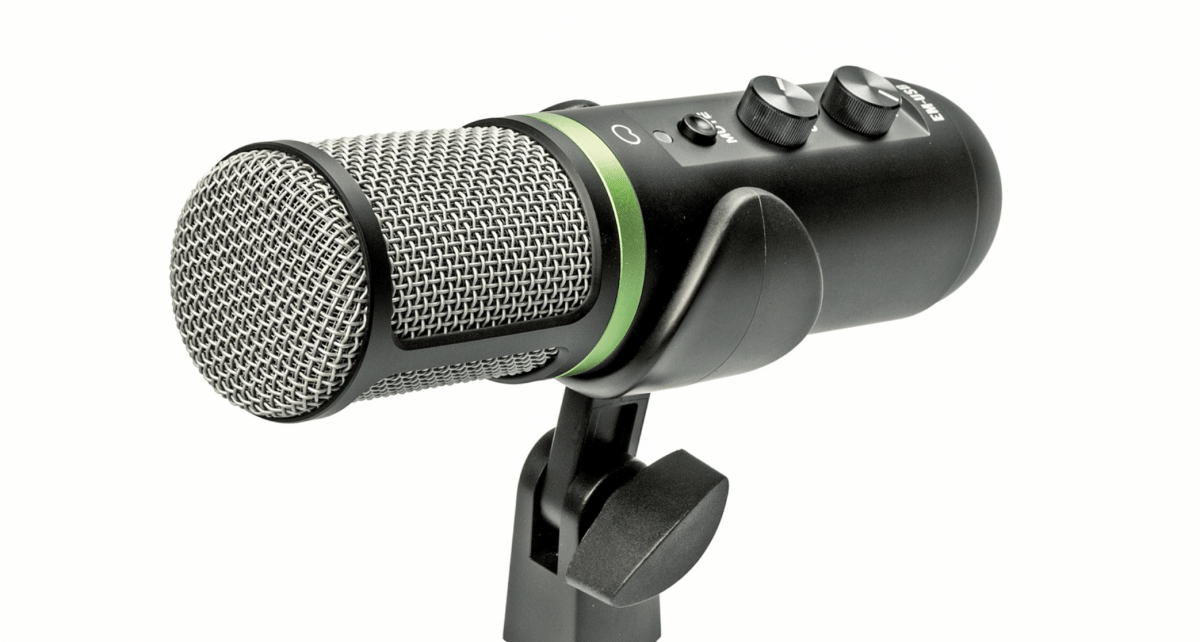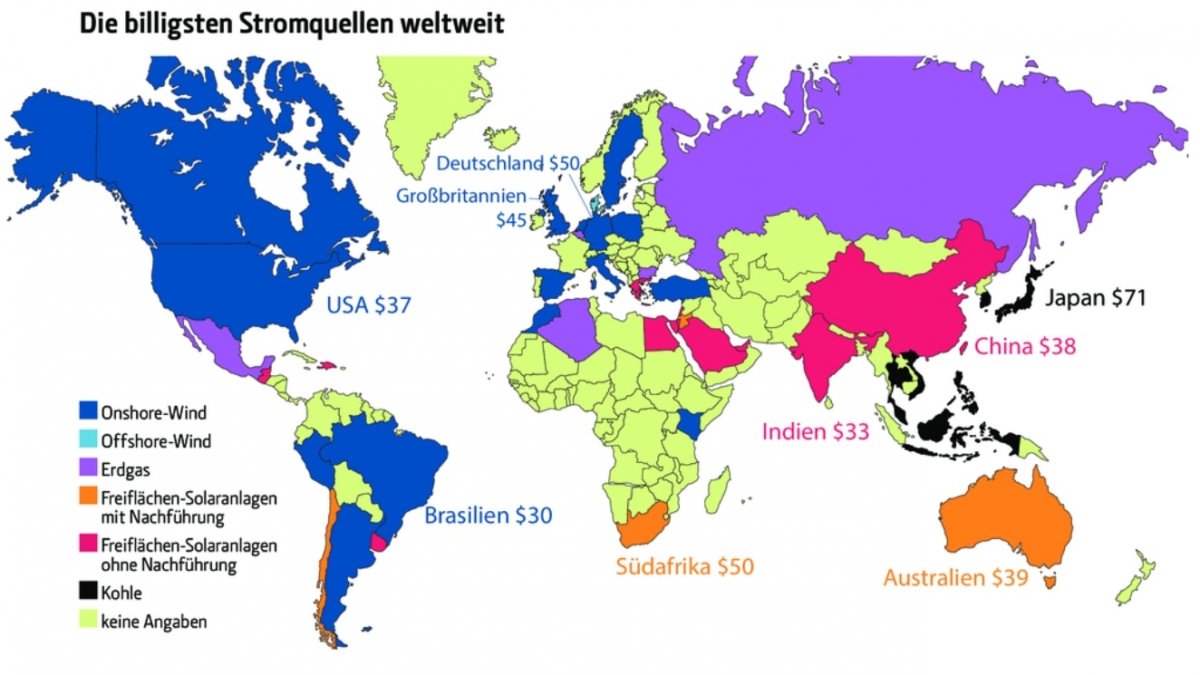Thanks to the recent introduction of the high performing and a lot less expensive Goldmund Telos 7 integrated amplifier and the further developments of the Swiss, it is now even possible to use the Telos 590 NextGen even further. In this review we will go into that in more detail, because the ‘590 MkII ‘is an amplifier that you must have heard at work. | Â This review in English? Click here
Enchanting View That impressions can change quickly is proven by the legendary brand name Goldmund. Just a few years ago I only knew the illustrious products of this Swiss manufacturer from hearsay. A situation that fortunately changed during a demo of the fully active Goldmund Satya reproducers in 2018 at PUURavd in Oostzaan. Because what technological know-how, design and inspiring musical reproduction! After the Satyas not much later the top model Telos is 590 NextGen integrated amplifier turn. Not just any amplifier, but one that, to my surprise, was able to convey many of the beautiful, typical Goldmund properties when using other speaker brands. With the recent introduction of the remarkably good performing and a lot less expensive Telos 7 integrated amplifier, it even turned out to be possible to use the Telos 590 NextGen to further improve.
The deviating thinking and working method of the Swiss top brand is well reflected when Robert Brijde from PUURavd on a beautiful summer day the brand new Telos 590 will bring NextGen II. After its honestly minimalist little brother, it is immediately noticeable that the manufacturer is aiming a few steps higher on the audio ladder with this larger top model. That already starts with the beautifully finished housing with 64 cm wide, 44 cm deep and 16, 3 cm high is not only a lot bigger, but with 20 kg also exactly twice as heavy.
However, it should also be noted that this Mk II version is visually very similar to the previous model. Is that bad? Not really, and especially when it concerns such a purposeful manufacturer as Goldmund. In fact, mainly performance-enhancing matters are implemented and meaningless cosmetic finery is preferably omitted. As a result, the only two external features that show that this is the second version are the now integrated mains switch in the mains entrance and two pairs of loudspeaker connections designed by themselves. As far as the latter is concerned, this concerns connectors that are not only considerably larger, but are also made of better materials and can handle more types of cables and connectors upon customer request.
Completely individual approach Before going into the subcutaneous changes, it is important to first consider the design parameters that make this precious integrated amplifier so special and distinctive. A first hint is given when I remove the solid top panel. There I see two 300 VA toroidal transformers surrounded by a series of smaller printed circuit boards with many components in SMD technology. Yet the power at 4 ohms turns out not to be doubled this time, which is also from the specified wattage of 2 x 215 watts at 8 ohms 2x 280 watts at 4 ohms. The reason for this unorthodox mindset is that Goldmund has been aiming for high-speed designs since its inception in 1978. This makes the 590 NextGen II very conscious with only four Mosfets placed close together power transistors equipped per channel. Parts that, together with the rest of the chosen circuit, ensure lower smearing, smaller phase and time errors and the intended very high speed. An important design parameter can be discovered in the sonic enhancements that the latest generation of the Telos NextGen circuit brings. Not only does it express itself in a greatly increased control over the loudspeaker units, but also offers a much higher quality in the micro-dynamic contrasts.
New for the Mk II is the extremely robust â ???? reinforcement bridgeâ ???? positioned in the middle of the housing. A curiosity-stimulating construction, which is so beautiful, solid and including a large polished gold-colored Goldmund logo, that it is almost a shame that it is normally hidden from view.
Although the high finish this invisible place is of course not necessary, there is a very clear idea behind this addition. For example, the power transistors on the previous Telos 590 were not up to Nextgen due to the technical concept in the usual way against the left and right heat sinks but mounted on the bottom plate. The newly chosen construction ensures that the thermal conductivity of the transistors could be improved even further. This robustness also makes a positive contribution to the even better mechanical decoupling. The next and last change relates to the fully integrated mains switch at the rear. This is now also equipped with a specific mains filter which should have a positive contribution to the display quality.
Minimalist but complete Completely in line with the prevailing trend is also the Telos 590 II equipped with a built-in DAC. And although Goldmund unfortunately does not want to disclose any data, this DAC does contain the latest Goldmund Alize D / A converter. A technological tour de force which enables it to transfer data up to 384 kHz / 32 bit in PCM and DSD 64 and 128 to process. When I then go to the deep black rear, I see that in addition to a USB, optical and coaxial connection, the DAC part also has five unbalanced (RCA) inputs for analog sources.
Ten compared to the simpler Telos 7, this top model makes the most visual difference due to its beautifully styled front. It is not only a lot thicker and has various facets and â ???? goldenâ ???? Goldmund logo, but also includes a beautiful amber-colored display. This shows the volume level, source selection and locking of the selected digital source. The whole is finished by a very solid, solid aluminum remote control, with which all functions can be operated. Only two rotary controls are visible on the amplifier itself, with which source selection and volume level can be set. Finally, the four remarkable device feet deserve special mention. This time not the normally commonly used damping rubber specimens, but a wide metal ring with a huge, fortunately not too sharp spike. This consciously creates a hard link with the subsurface and is therefore part of the total design concept. It is therefore advisable to use spike washers to protect softer surfaces.
Preparation As usual with me, the beautiful Telos 590 Deployed NextGen II in all daily high-end testing for a period of several weeks. In practice, this means that the Goldmund regularly replaced the Zanden 6000 tube amplifier and Accuphase E – 800. Besides the Master Contemporary C, the loudspeakers also include the impressively good Estelon YB and Kudos Titan 707 deployed. Sources used are a Grimm MU1 streamer with Mola Mola Tambaqui DAC and the unsurpassed North Star Design T 192 mk II CD transport with the accompanying Extremo DAC. A quartet that has been reinforced for this test by the surprisingly good Aqua Audio La Diva CD transport, LinQ streamer and the La Scala tube DAC. Beyond the trusted cables from AudioQuest (Fire interlink, Dragon Source power cable and Diamond ethernet), Siltech (Royal Signature Empress Crown interlink), Crystal Cable (Dreamline interlink), Nirvana Audio (PC + power cable), Kemp (Reference power cable) and Essential Audio Tools (Current Conductor power cable) is an extra addition this time thanks to the new top cables from Furutech (NanoFlux power cord and AES / EBU) and Siltech (Ruby Mountain II power cord).
Listening Due to the experience gained with the previous Goldmund Telos 590 NextGen and the Telos 7 NextGen, expectations are special from the first moment high tense. Mainly because I now know that Goldmund as a brand has quite a number of unique properties that most competitors are biting their teeth on. That already starts with that typical â ???? played inâ ???? and smooth playback the moment the device is switched even cold out of the box. So here no half hour to an hour waiting time for a device to really start to sound good, but very quickly top. But this time too the real bonus turns out to be that very recognizable Goldmund sound signature. A representation that uniquely blends many positive properties of principles such as class A, electron tubes and fast designs (which are often not class A) into one organic whole in an extremely clever way.
A Goldmund therefore sounds fluent, supple, colorful and musically also beautifully controlled, defined, detailed, transparent and accurate in a natural way. Although the changes between the new Telos 590 and its predecessor are not very big are and I don’t have both versions standing side by side in the listening room, I do think that this last generation has grown further in a number of aspects. Gains have been made especially in aspects such as tonal saturation, refinement and musical grandeur. As a result, a quality and naturalness is achieved that usually only characterizes the really expensive pre and power amplifiers.
Built-in DAC more then simple addition Just like the Telos 7 Nextgen, the 590 NextGen Mk II on a special DAC. These additions usually make amplifiers more versatile and more widely usable, but the quality of a good separate DAC is actually almost always higher. At Goldmund this works slightly differently. It is indeed possible to go even further on points using the (more expensive) top DACs present with me. But in terms of mutual cohesion and musical eloquence, the built-in copy scores remarkably well. For example, timbres are reproduced even more saturated (without fortunately ever turning to dark), there is a very attractive subcutaneous glow over all the music and as a listener you can escape the damned hi-fi feeling in an impressive way. By this I understand that this amp, along with a handful of other designs, is able to disconnect the listener from the reproduction feeling.
So it really comes close to the â ???? real thingâ ???? and that is one of the greatest compliments you can give a product. The stereo image is nicely wide to well beyond the speakers, is capable of reproducing height distinctions and this amplifier is also convincing in terms of depth. Also the fact that the positioning of the stereo image does not move forward or backward when increasing or decreasing the volume Men level says a lot about the balanced concept qualities. In terms of tonal balance, this Telos 590 NextGen II belongs to the slightly warmer and more saturated tuned amps. Call it a light golden glow or the warm white 2700 Kelvin color temperature of a light source. Fortunately, it is anything but a rendering that appears smeared, slow and dark, because this pleasant balance is accompanied â ???? Â and that is quite unique â ???? Â because of an above average high definition, speed, power and musical insight.
Music Although you seldom hear me discuss classical music by the famous masters (I have heard these melodies so often in many performances that I usually find them less challenging), I would like to make an exception this time. The reason for this turnaround is the latest TRPTK album by (solo) pianist Yukiko Hasegawa. A Japanese beauty who, with her enchanting piano playing and a recording that belongs to the best on piano, will certainly be (very) highly rated with her album Eternal Longing.
Within this 14 numbers containing collage that work of composers such as Beethoven, Franck and Schumann, there are two real peculiarities to report. The first is that a special grand piano by designer Chris Maene is used. The grand piano consists of a design in which all strings are tensioned parallel instead of crosswise (like all modern grand pianos) in the frame. This gives this instrument a different and beautifully full and rich tonal balance, combining softness and maximum feeling while retaining tightness and transparency.
Second, recording & mastering engineer Brendon Heinst of TRPTK this album again in real 32 (!) bit resolution registered in the highest DXD format, with a truly spectacular end result. Because the Goldmund DAC is also able to reproduce this very high format at the same quality, the Chris Maene grand piano is truly lifelike in the listening room. The low registers offer a transparency, sonority and deepening of timbre that I have never heard before on a grand piano. After all, the magic of Yukiko, who lives in the Netherlands, does the rest and that is wonderful in every way. The input of the Goldmund amplifier in this is to pass on the enormous headroom, the finest gradations in intonation and to maintain the enchantment.
Swing blown Of a completely different order is the album Reference Recordings I by the Dutch guitarist Emiel Scholsberg. This live production from 2017 contains wonderfully spontaneous wailing jazz rock in a small line-up. When I start with the super swinging Help The Poor I hear the other side of this Goldmund design very nicely. Sharp guitar riffs, repetitive bass lines, a sultry singing voice and fantastic drums. Together with the audience present, that typically brooding live atmosphere is created that the Telos 707 NextGen Mk II in all its grandeur, power and finesse. The sultry version of My Funny Valentine is the undisputed highlight of this album, in which the slow groove and enormous pulses of the bass drum are synonymous with the almost infinite headroom of this potent amplifier. But the most important of all is that this top Goldmund knows how to bring the right atmosphere to every song in the spotlight from the first second. That seems obvious, but it is not. Versatility is therefore an asset and also unabatedly good with the five analogue inputs. Â Â Â Â Â Â Â Â Â Â Â
Conclusion A very special and pleasantly sober integrated amplifier, where most of the attention has clearly been given to wherever it is should lie. Namely with the unparalleled sound quality. Of course, the device is also super solidly constructed and has no problems in operation. But that typical Goldmund rendering has been raised to the maximum here. Add to that the ability to control just about any speaker without any problem, without any preference for a particular type of music, and it becomes increasingly clear what makes this top high-end amplifier so unique. The only caveat I can make to the end of this test is that people who like a more bare and, for example, highly accented rendering, might experience this Goldmund as too organic and tonally too saturated. But even then, the wonderful cohesion can be experienced as so enchanting and magical that everything else will be instantly forgotten. A future classic in the making.
Goldmund Telos 590 NextGen II
â ?? ¬ 28. 750 | www.puravd.com
